Riga Ghetto and Latvian Holocaust Museum
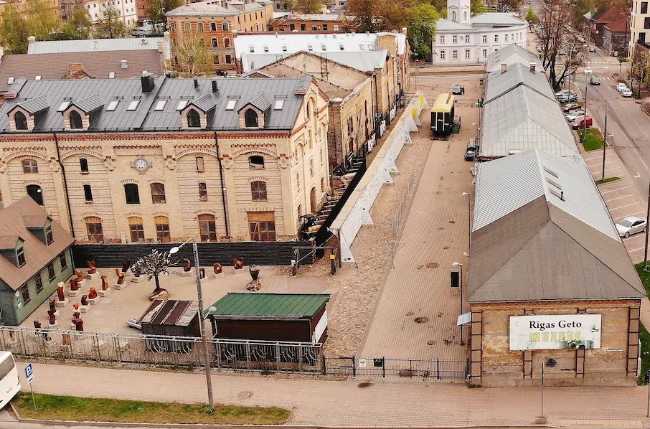
The Riga Ghetto and Latvian Holocaust Museum offers a poignant and educational experience that commemorates the lives of Latvian Jews and documents the atrocities committed during World War II. Opened in 2010 and located near the historic boundaries of the former Jewish Ghetto in the Maskavas Forštate district, the museum occupies a 19th-century building surrounded by cobbled streets and wooden houses that have remained largely unchanged for decades. Its exhibitions trace the history of Jewish life in Latvia before the war, the horrors of the Nazi occupation, and the resilience of those who endured persecution. A memorial wall lists over 70,000 names of Latvian Jews who perished, alongside 25,000 victims deported from other European countries. The museum grounds include symbolic installations such as a cattle wagon and stones from the original ghetto streets, creating a deeply immersive environment. Operated by the Shamir community with support from the Riga City Council, the museum serves as both a remembrance site and a centre for tolerance, education, and cultural dialogue.
Riga LatviaThe Riga Ghetto and Latvian Holocaust Museum is located at 2 Turgeneva Street, near the border of the former Jewish Ghetto in the historical Maskavas Forštate (Moscow Suburb) district of Riga. This evocative area is characterized by its small wooden houses, winding cobblestone streets, and a unique atmosphere shaped by its Jewish and merchant heritage. The museum occupies a 19th-century building and features outdoor exhibits, including a memorial wall inscribed with the names of over 70,000 Latvian Jews and 25,000 Jews from other European countries who perished during the Holocaust. Nearby, visitors can explore the Spīķeri creative quarter with its historic warehouses, the Daugava riverbank, and Riga Central Market, one of Europe’s largest and most vibrant markets. The museum’s location is within walking distance of the Old Town, making it accessible for those interested in Riga’s rich history and cultural landmarks. The area is easily reached by public transport and provides a poignant starting point for understanding the city’s Jewish heritage and the tragedies of the Second World War.
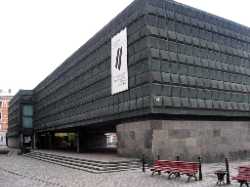 Museum of the Occupation of Latvia
Riga
Museum of the Occupation of Latvia
Riga
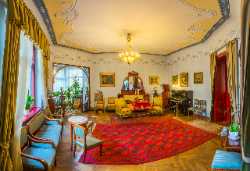 Art Nouveau Museum
Riga
Art Nouveau Museum
Riga
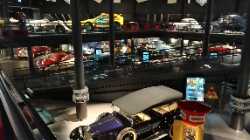 Riga Motor Museum
Riga
Riga Motor Museum
Riga
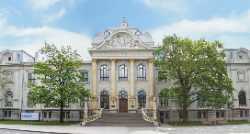 Latvian National Museum of Art
Riga
Latvian National Museum of Art
Riga
 Latvian National Opera and Ballet
Riga
Latvian National Opera and Ballet
Riga
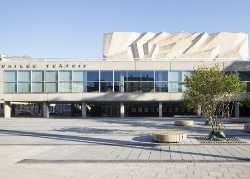 Daile Theatre
Riga
Daile Theatre
Riga
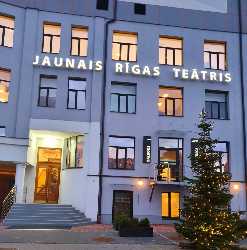 New Riga Theatre
Riga
New Riga Theatre
Riga
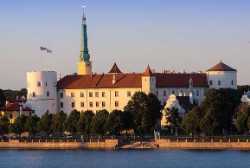 Riga Castle
Riga
Riga Castle
Riga
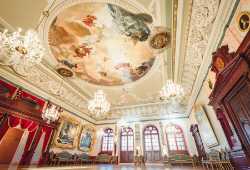 House of the Blackheads
Riga
House of the Blackheads
Riga
 Bastejkalns Park
Riga
Bastejkalns Park
Riga
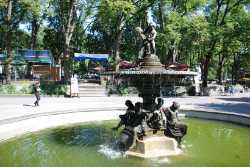 Vērmanes Garden
Riga
Vērmanes Garden
Riga
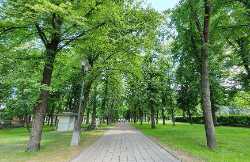 Esplanade Park
Riga
Esplanade Park
Riga
 Botanical Garden of the University of Latvia
Riga
Botanical Garden of the University of Latvia
Riga
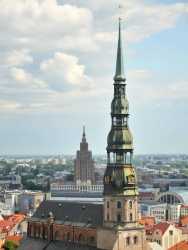 St. Peter's Church Tower
Riga
St. Peter's Church Tower
Riga
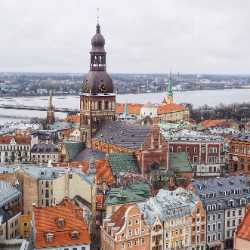 Riga Cathedral Tower
Riga
Riga Cathedral Tower
Riga
 Rātslaukums
Riga
Rātslaukums
Riga
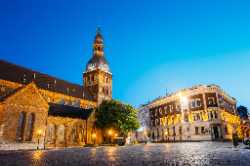 Dome Square
Riga
Dome Square
Riga
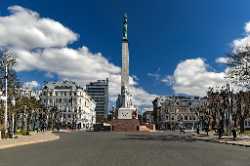 Freedom Monument Square
Riga
Freedom Monument Square
Riga
 Riga Old Town
Riga
Riga Old Town
Riga
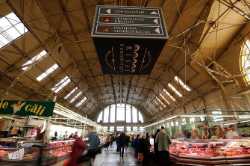 Rīgas Centrāltirgus
Riga
Rīgas Centrāltirgus
Riga
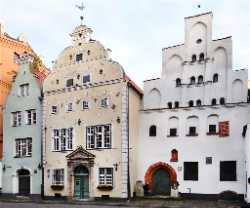 Three Brothers
Riga
Three Brothers
Riga
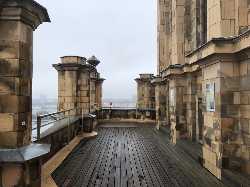 Latvian Academy of Sciences Observation Deck
Riga
Latvian Academy of Sciences Observation Deck
Riga
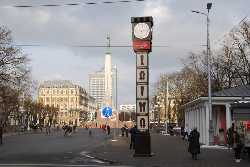 Laima Clock
Riga
Laima Clock
Riga
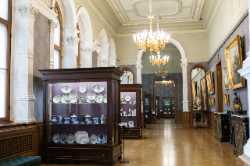 Art Museum Riga Bourse
Riga
Art Museum Riga Bourse
Riga
 Museum of Decorative Arts and Design
Riga
Museum of Decorative Arts and Design
Riga
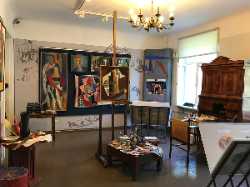 Romans Suta and Aleksandra Beļcova Museum
Riga
Romans Suta and Aleksandra Beļcova Museum
Riga
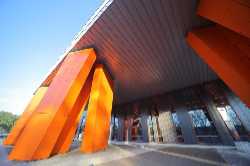 Museum Storage Facility and Forest of Sculptures
Riga
Museum Storage Facility and Forest of Sculptures
Riga
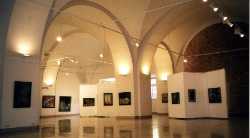 Art Museum Arsenāls
Riga
Art Museum Arsenāls
Riga
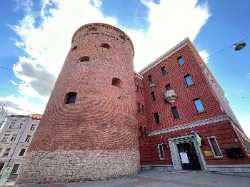 Latvian War Museum
Riga
Latvian War Museum
Riga
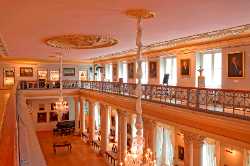 Museum of the History of Riga and Navigation
Riga
Museum of the History of Riga and Navigation
Riga
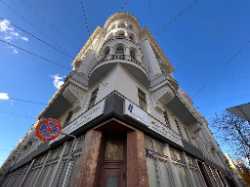 The Corner House
Riga
The Corner House
Riga
 Andrejs Upīts’ Memorial Museum
Riga
Andrejs Upīts’ Memorial Museum
Riga
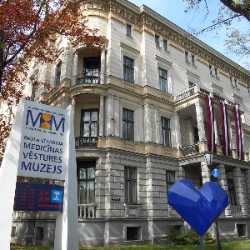 Pauls Stradiņš Museum of the History of Medicine
Riga
Pauls Stradiņš Museum of the History of Medicine
Riga
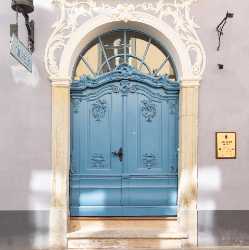 Latvian Museum of Pharmacy
Riga
Latvian Museum of Pharmacy
Riga
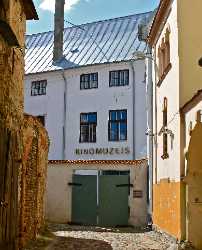 Latvian Film Museum
Riga
Latvian Film Museum
Riga
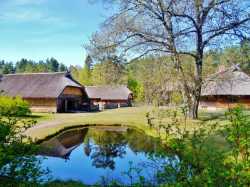 The Ethnographic Open-Air Museum of Latvia
Riga
The Ethnographic Open-Air Museum of Latvia
Riga
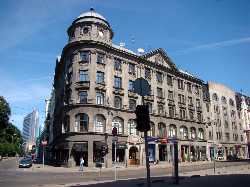 Krišjānis Barons Memorial Museum
Riga
Krišjānis Barons Memorial Museum
Riga
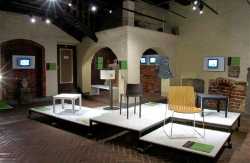 Latvian Museum of Architecture
Riga
Latvian Museum of Architecture
Riga
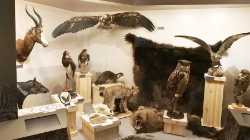 Latvian Museum of Natural History
Riga
Latvian Museum of Natural History
Riga
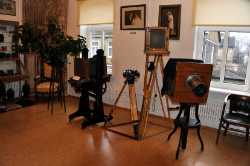 Latvian Museum of Photography
Riga
Latvian Museum of Photography
Riga
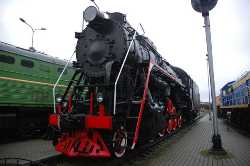 Latvian Railway History Museum
Riga
Latvian Railway History Museum
Riga
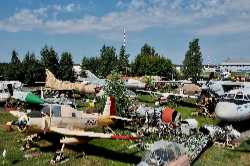 Riga Aviation Museum
Riga
Riga Aviation Museum
Riga
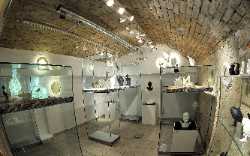 Riga Porcelain Museum
Riga
Riga Porcelain Museum
Riga
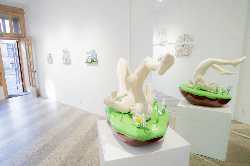 LOOK! Art Gallery
Riga
LOOK! Art Gallery
Riga
 Art Platz
Riga
Art Platz
Riga
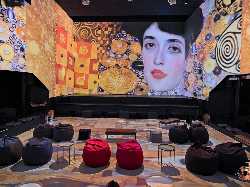 Digital Art House
Riga
Digital Art House
Riga
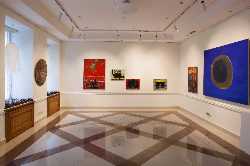 MuseumLV Gallery
Riga
MuseumLV Gallery
Riga
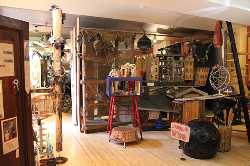 Planetarium at Science Centre Tehnoannas pagrabi
Riga
Planetarium at Science Centre Tehnoannas pagrabi
Riga